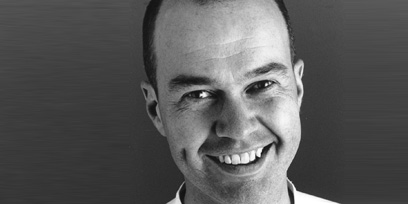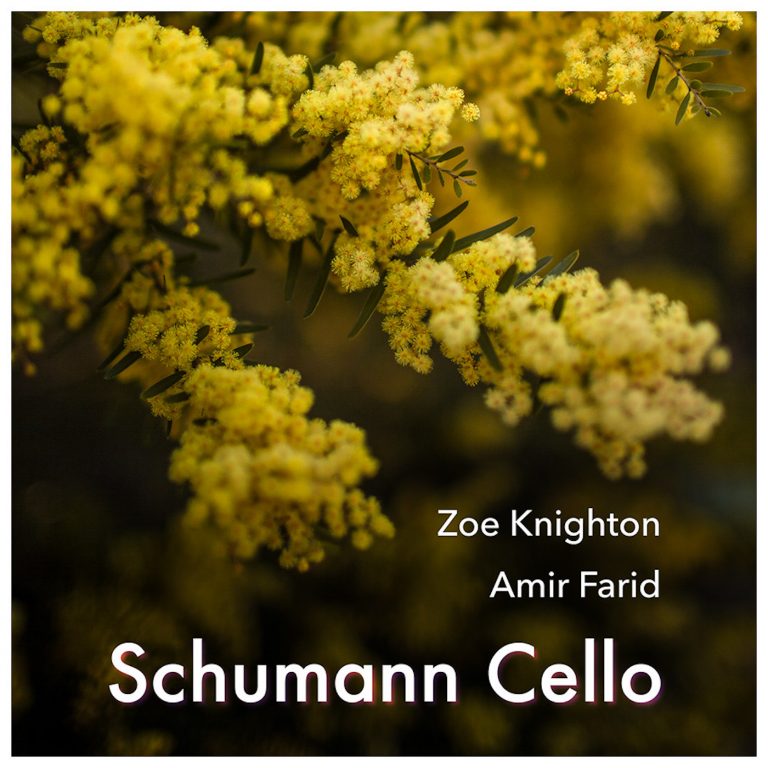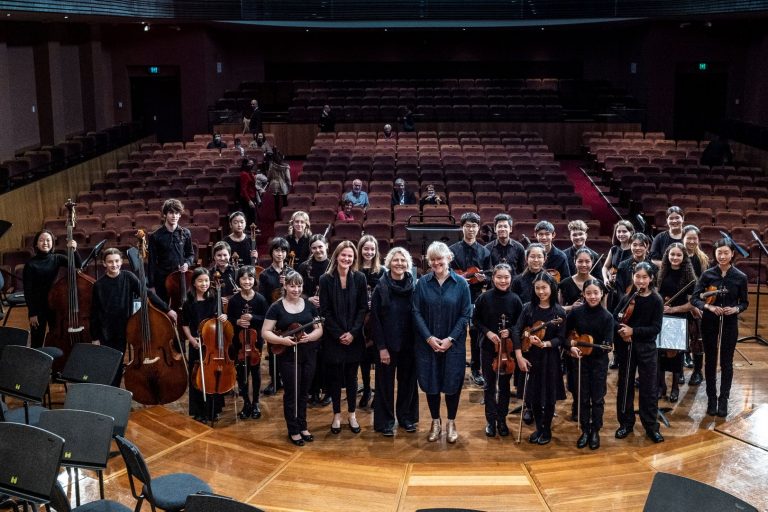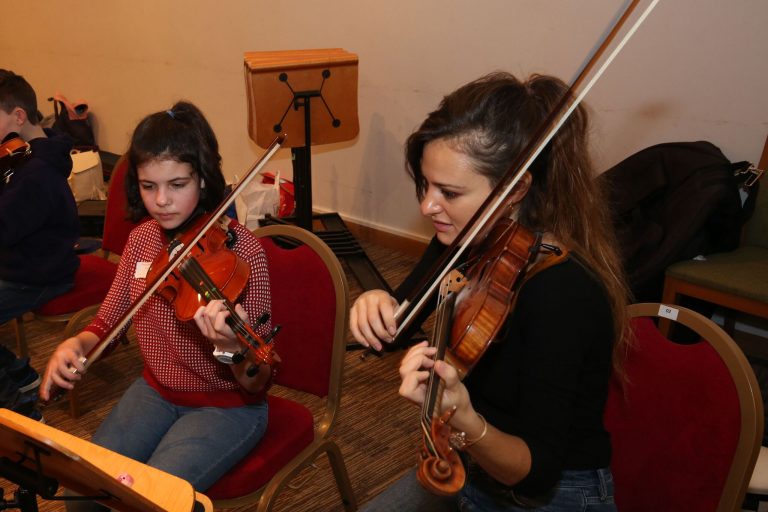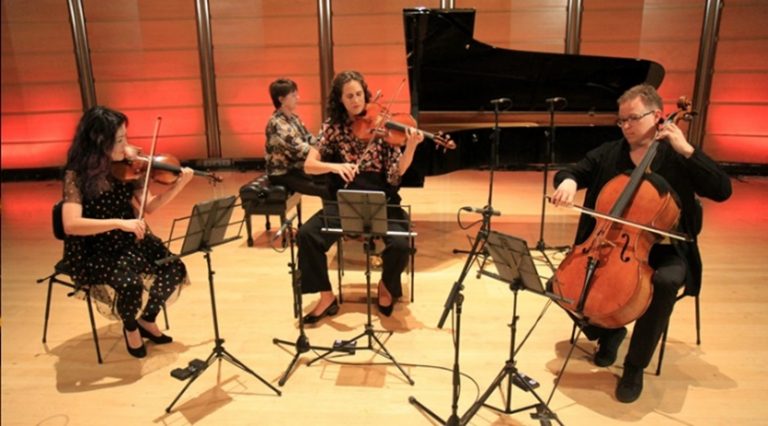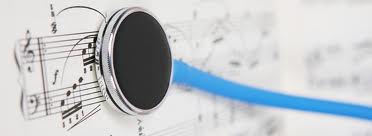With This Ring – Roger Press On What’s Different About Opera Australia’s 2016 Ring Cycle
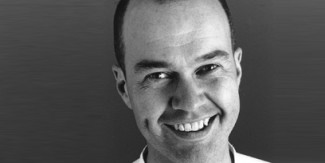
In Richard Wagner’s Der Ring des Nibelungen, otherwise known as The Ring Cycle, three Rhinemaidens guard the Rhinegold, a priceless treasure. Not quite Rhinemaidens, Director Neil Armfield and Associate Director Roger Press, along with their cast and creatives have the formidable task of acting as custodians for Opera Australia’s 2016 reprise of this monolithic work which was debuted in 2013. With its numerous elements, The Ring Cycle is considered by some to be the epitome of operatic achievement – the Gesamtkunstwerk.
Opening in Melbourne in just over three weeks, clichéd but true, the opera explores the gamut of human emotions and relationships, birth, death and the search for wisdom. Above all, the story is about the power of love. Interwoven with the elements, it is enacted by fantastic creatures pitted against the Gods.
If all of this weren’t sufficiently challenging, an Australian production has its own unique demands, which include translocating ancient northern European tales into a 21st century Antipodean context whilst managing the sets and the substantial cast of singers and musicians into a suitable venue.
Roger Press worked with Armfield as Assistant Director in 2013. A Resident Director for Opera Australia, Press has worked on some of the company’s esteemed productions, amongst them, Julius Caesar, The Turn of the Screw, Der Rosenkavalier, Eugene Onegin, Die Meistersinger von Nürnberg and Lucia di Lammermoor. He has worked with opera companies around the nation and with the Really Useful Company touring Australasia with The Phantom of the Opera.
Speaking to me from Melbourne, Press explained that Armfield’s vision of Wagner’s behemoth is to present a “very human take on The Ring Cycle,” emphasising the relationships between beings “who though gods, are just people like us. The themes are developed and examined through counterbalancing forces so, for example, desire and love are contrasted with lust and greed. They’re very human characteristics and it’s the interplay between different desires that creates the passage of the story.”
“We’re not trying to recreate a world of gods, dwarves and elves,” he continues, “but more of a framework to tell a story. Theatrically it’s a very stripped back production which allows the characters and the relationships to come to the fore.”
What’s different about the 2016 production? Visually, not a great deal, says Press. The sets and costumes will be re-used for efficiency and economy. “However, the reprise has allowed us to re-visit some tricky corners from 2013 which had to be solved on the run” he says. “Those solutions were born of necessity. Now we can go back and look at those moments in the story telling and weave them back into the fabric of the whole production rather than being a fix that fitted at the time” he adds.
The biggest difference in 2016 will of course, be the cast, which Press describes as “a really excellent ensemble with a terrific mixture of experience and freshness.” Making his Australian debut as Wotan, God of the Gods, is American bass-baritone James Johnson whom Press acknowledges as “a fantastically experienced singer with a commanding presence and knowledge of the role having performed it many times. He knows just about every word of The Ring!”
Lisa Lindstrom won hearts in Sydney as Turandot in 2015. She returns to Australia as Brunnhilde. Press describes her as “a fantastic actor with a freshness and energy about her and a clarity to everything she does. James and Lise relate beautifully as father and daughter. They are very well matched and that will be a treat for those who see this incarnation of The Ring Cycle.”
A supporting cast with experience of the debut production is one of the revival’s not-so-secret assets. Many of the chorus, the actors, the dancers and volunteers from 2013, return this year, bringing with them first-hand knowledge of their roles which has paved the way for the speedy realisation of some quite big scenes. On the other hand, Press adds, the newcomers have to find a way of comfortably stepping into an existing framework of the story and the way that the characters were drawn in Armfield’s 2013 directives. “Those people should still feel that they own those characters. For example, James (Johnson) has performed the role of Wotan in very many incarnations around the world with as many directors, each taking a different interpretation. At the same time the performer has to be allowed to enrich a revival with their own ideas.”
With principals drawn from across the world juggling other contractual obligations in the lead up to The Ring, scheduling rehearsals has required some skill. Gleefully, Press announces that the schedule he drafted is right on track. The distance between Sydney and Melbourne presented an added challenge with the cast from each city rehearsing separately and combining when everyone convened in Melbourne. With only 5 weeks to hone 4 operas, the company has been running 2 rehearsal rooms in tandem, with Armfield attending wherever he was needed more. Says Press “We had to rehearse scenes from different operas dotted all over the schedule, like creating pieces of a jigsaw puzzle and never getting to put the pieces together until we’re almost on stage. Of necessity everything has proceeded in a fairly fragmented way. It’s only now as we start to do stage rehearsals of each opera that we bring together all of those individually created jigsaw puzzle pieces and hope that they fit.”
“The first opera, Das Rheingold has had its piano stage rehearsal and has come together very nicely. Although it is the shortest of the four operas, it is one of the most technically challenging. It goes for 2 ½ hours continuously and has 4 big changes of scenery which is a huge challenge for our technical crew. Also, we have a cast of about 170 people which creates all sorts of logistical issues but it’s all come together.”
Later that day, the cast would gather for the first rehearsal of the second scene of Die Walküre. Centre stage will be the extraordinary 15m tall helix, 100 m long, extending 3 levels from the stage as it disappears into the fly system above. “Some of the cast have to run up and down the helix” he says “a physical challenge in itself – but they are ready to meet that challenge. Overall, rehearsals are progressing really well.”
Despite the experience of 2013 on which to build, bringing a revival to the stage has its own demands. Says Press, “Being a known work, we’ve been given a less time in the rehearsal room and in the theatre so we have to use that time very efficiently. Just one thing going wrong, like sickness in the cast, can have a terrible knock on effect on the schedule, but we always find a way in the end.”
“This production is a known entity so I can be much more precise in budgeting time for rehearsals. The challenge of a new production is that you have no guidelines and you have to take the best estimates from your experience of how long it may take to develop a particular scene. Sometimes that can take much longer than we have allocated and that puts pressure on other parts of the schedule.”
It’s hard to image how Australia in 2016 could be more removed from the aesthetic and mythological world of Wagner’s 19th century creation. Armfield and Press are not alone amongst many directors who have explored new perspectives. French director Patrice Chereau set his centenary production of The Ring in 1976, in the Europe of the industrial revolution; Sir David McVicar sets his Glyndebourne production of Die Meistersinger von Nürnberg (not part of The Ring) in post-Napoleonic Germany; described as “incoherent,” Frank Castorf’s 2013 ‘Ring’ commemorating Wagner’s bicentenary, focussed on how greed for oil propels the craving for riches and power, leading ultimately to destruction.
Armfield’s strategy, says Press, is to remove the tale from its cladding in Norse mythology. “If you did it in a traditional Nordic telling, all the Valkyries would have to be blonde ladies with horns on their heads” he laughs. Instead, Armfield’s “here and now” setting creates giants who are not oversized story book creatures but giants of the construction industry. “They are two tall actors in very sharp shiny suits with sunglasses, gaudy gold ties and tie clips, based on giants of industry rather than mythical giants. That reference brings it into our world.”
Press says that both he and Armfield have avoided the influence of existing productions, instead building their own interpretation from the page. “For me as a director, it’s not helpful to look at too many other interpretations because it does tend to influence your own ideas too strongly. I’d prefer to do the scholarly thing of looking further into the language, building from the text and what the music suggests and reinforcing those ideas with knowledge from the source.”
Sung in German with English surtitles, Armfield and Press have studied Nico Castell’s translations of the libretto, from German to English. Considered the gold standard of translations, Press says “Castell retains the all the richness of the strange language that Wagner created. It is almost perfectly literal and you don’t get too much of the author’s interpretation. I also have another excellent text from Barry Millington, an English Wagner scholar, and it is a really well done translation, being true to the German text but also creating an English version that is poetic and flowing.”
There’s more to understanding the production than an intimate knowledge of the text and Press has gone on to explore the Norse poems that were Wagner ‘s source material. “This gave me the very back story to the back story of the back story of The Ring Cycle because there are some things in the way Wagner wrote that are open to interpretation. It’s interesting to go far back into the characters, their relationships and even their genealogy and see where the inspiration came from” he explains.
As I reflect on the creative journey that Press has described, the gods and other mythical creatures, their dreams and follies, I realise that they really are just “people like us.”
Shamistha de Soysa for SoundsLikeSydney©
Check out images from the 2013 production.
Information about the 2016 production. Tickets are available to any or all four of the operas of The Ring Cycle 2016.

